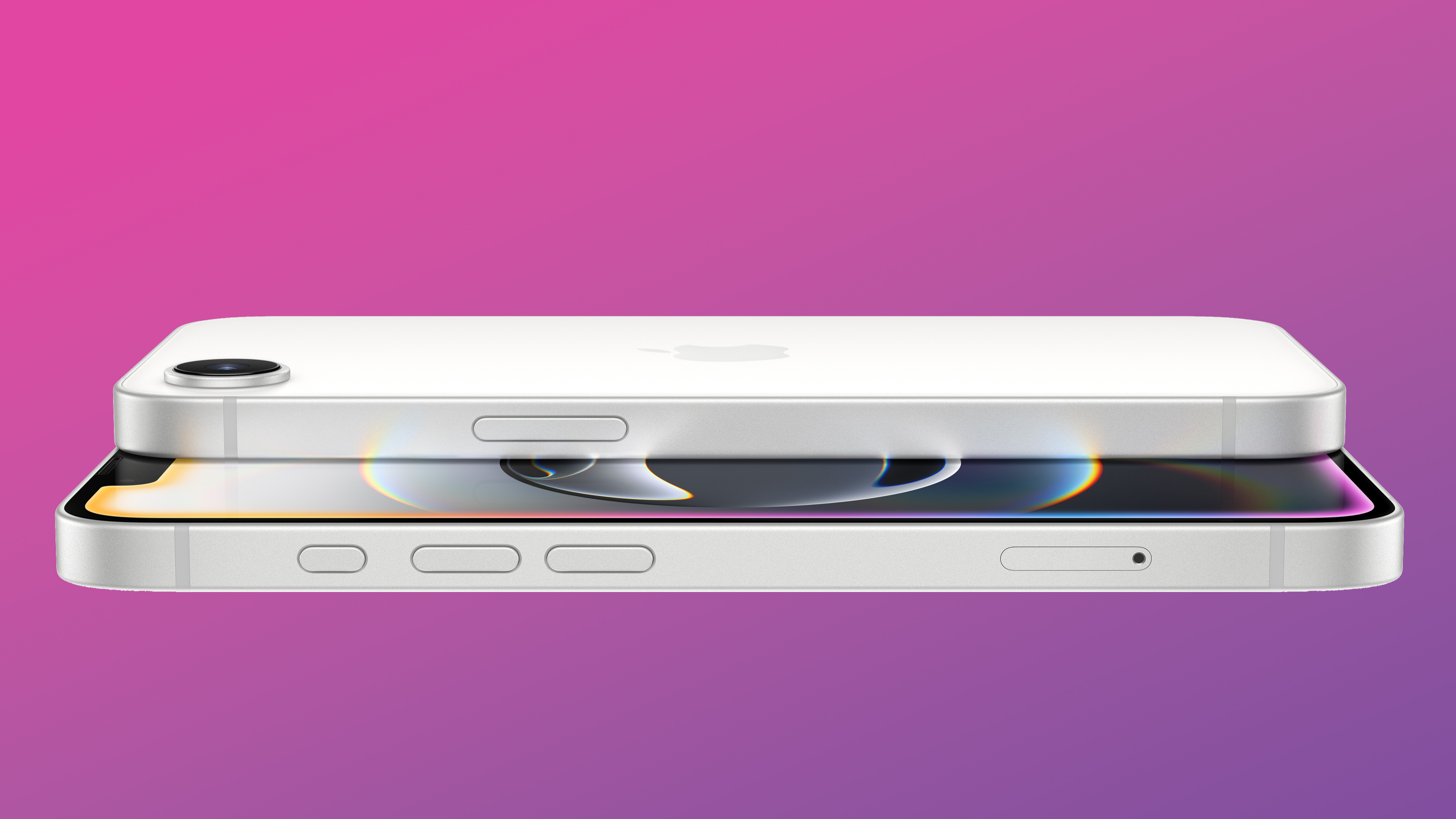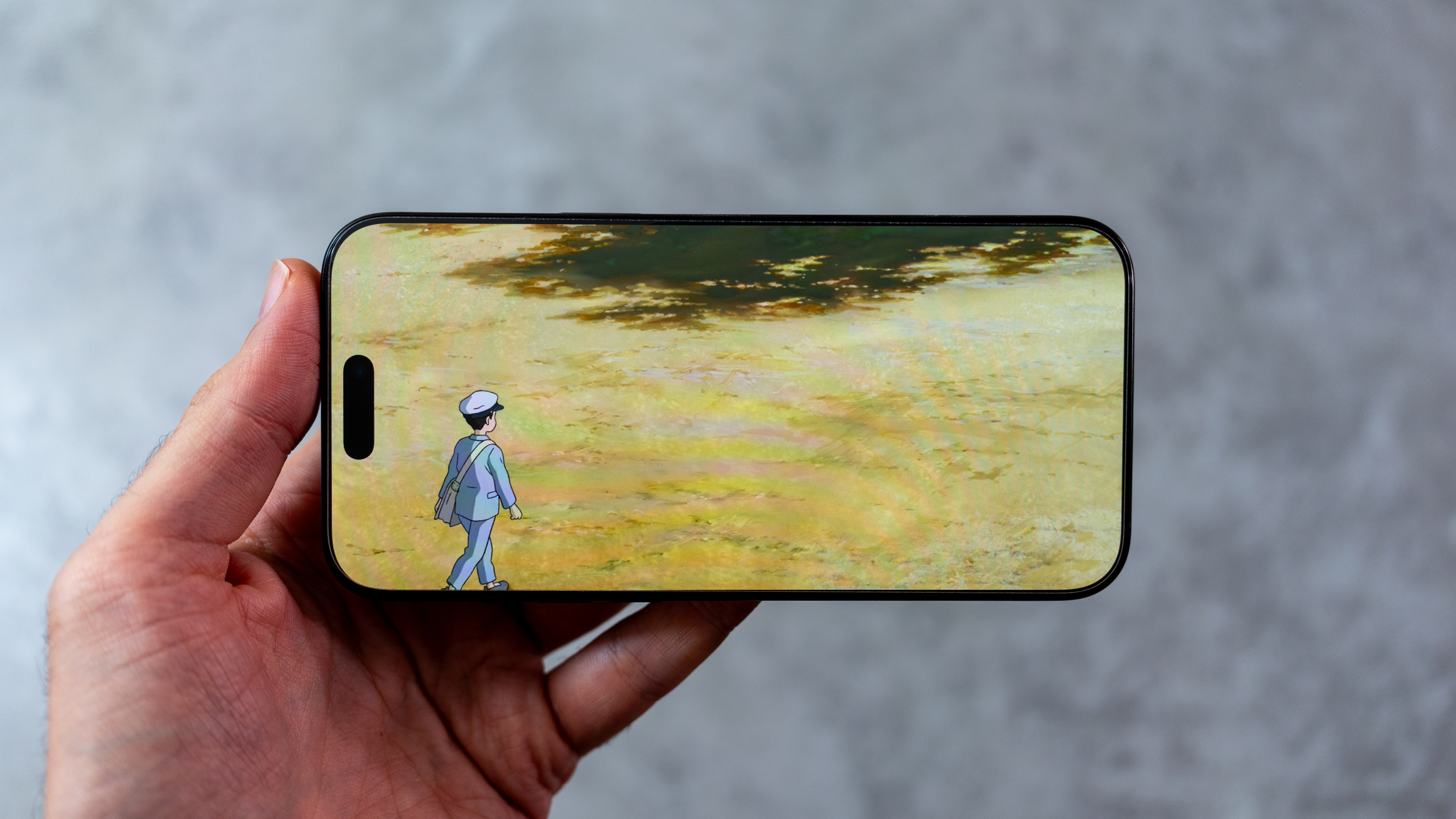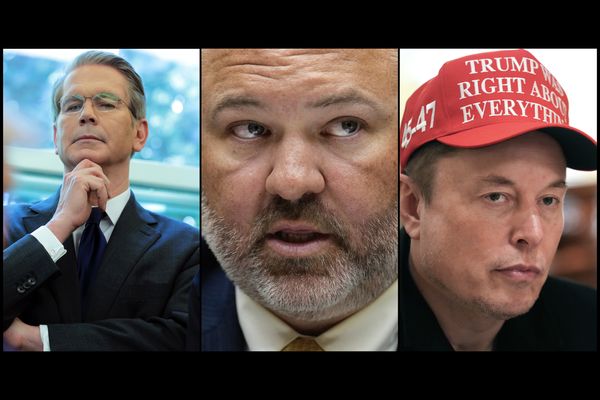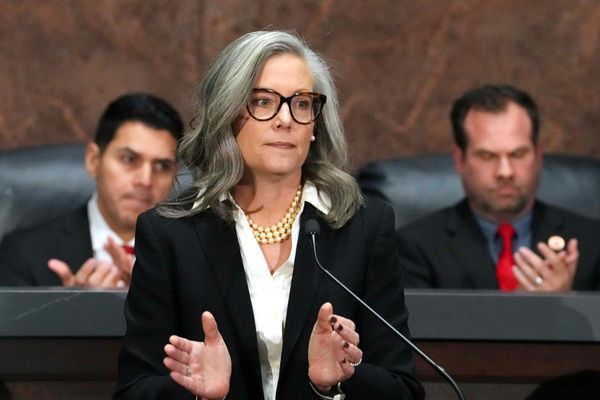
Back in September, you may remember Apple releasing its latest series of iPhones, namely the iPhone 16, the iPhone 16 Plus, the iPhone 16 Pro and the iPhone 16 Pro Max. We had a lot to say about each of these models but, to be honest, their pricing wasn't especially noteworthy or contentious.
Yes, they weren't cheap, but iPhones never are. And they weren't so expensive as to raise any eyebrows.
In March, however, Apple brought out another new iPhone, the 16E; a successor to its long-running affordable series, the iPhone SE, and its high price brought howls of derision. Here at Digital Camera World, we called it "Apple's folly", and concluded that "the iPhone 16E is too expensive".
To be specific, on launch the iPhone 16e cost $599 / £599 / AU$999 for the base model with 128GB of storage. That was a huge jump up from the $429 / £429 / AU$719 it cost for the third-generation iPhone SE.
At the same time, the 16e's single camera and pedestrian 60Hz display felt like relics next to the Google Pixel 8a or Nothing Phone 3a Pro; both of which offered superior specs at friendlier prices. Nor were we alone in thinking this. Even Apple loyalists were unimpressed, with over half refusing to consider a phone missing that crucial second lens in this survey.
Forward thinking
So did Apple drop the ball? Back in March, I'd have said yes. But now Trump and China are ramping up their trade war to near-unimaginable levels—tariffs at 145% and 125% at time of writing, albeit with a new promise of some kind of exemption for smartphones—it seems that the company might just have been doing some forward thinking.
Perhaps the iPhone 16e wasn't overpriced by accident but on purpose. And the underlying lesson is clear: the prices of other models will also rise. Maybe not today. Maybe not tomorrow. But soon.
After all, Apple, which does almost all its manufacturing in China, is seriously vulnerable to tariffs between the two countries. Yes, it's made efforts to diversify production to India and Vietnam, but then again, these place also face big tariff rises. And analysts estimate that if it were to relocate even just 10% of its supply chain from Asia to the United States, it would require all take three years and cost around $30 billion.
Sword of Damocles
As I write this, Apple has a stay of execution, with Trump suspending his tariffs on certain tech products, although the details are fuzzy and he's clarified this is only temporary anyway. But ultimately, Apple's future lies in the hands of one man who, even supporters will admit, is emotionally volatile and can change policy on the flip of a coin.

No wonder Apple has just airlifted 600 tons of iPhones from India to the US. And even if these super-high tariffs are never applied to its products, the sheer uncertainty alone will doubtless move Apple to boost its prices anyway. Some analysts predict iPhone prices could cost up to $2,000 more.
So it seems likely that the 16e was simply Apple's trial balloon—a way to normalize higher prices before tariffs force their hand. As with everything to do with this trade war, in truth no one knows what will happen next. In fact, that's one of the big problems with trade wars: everyone loses because there's so much uncertainty. So if you thought current iPhone pricing was steep, brace yourself: I reckon our wallets are about to take an even bigger hit.







